Unveiling the Ancient Marvel of Caracol
As you wander through the sprawling Caracol ruins, a sense of wonder envelops you, revealing the extraordinary ingenuity of the Maya civilization. With its vast area of over 68 square kilometers, Caracol stands as the largest Maya site in Belize, showcasing architectural brilliance that challenges your perception of ancient urban life. The site’s towering structures, including the iconic Caana (“Sky Place”), rise majestically, dominating the skyline at nearly 43 meters high. You’ll discover intricate carvings and stelae telling stories of powerful rulers, while evidence of a sophisticated water management system highlights the advanced engineering skills of this ancient society. Surrounded by dense jungle, the ruins draw you into a rich tapestry of history, waiting to be explored.
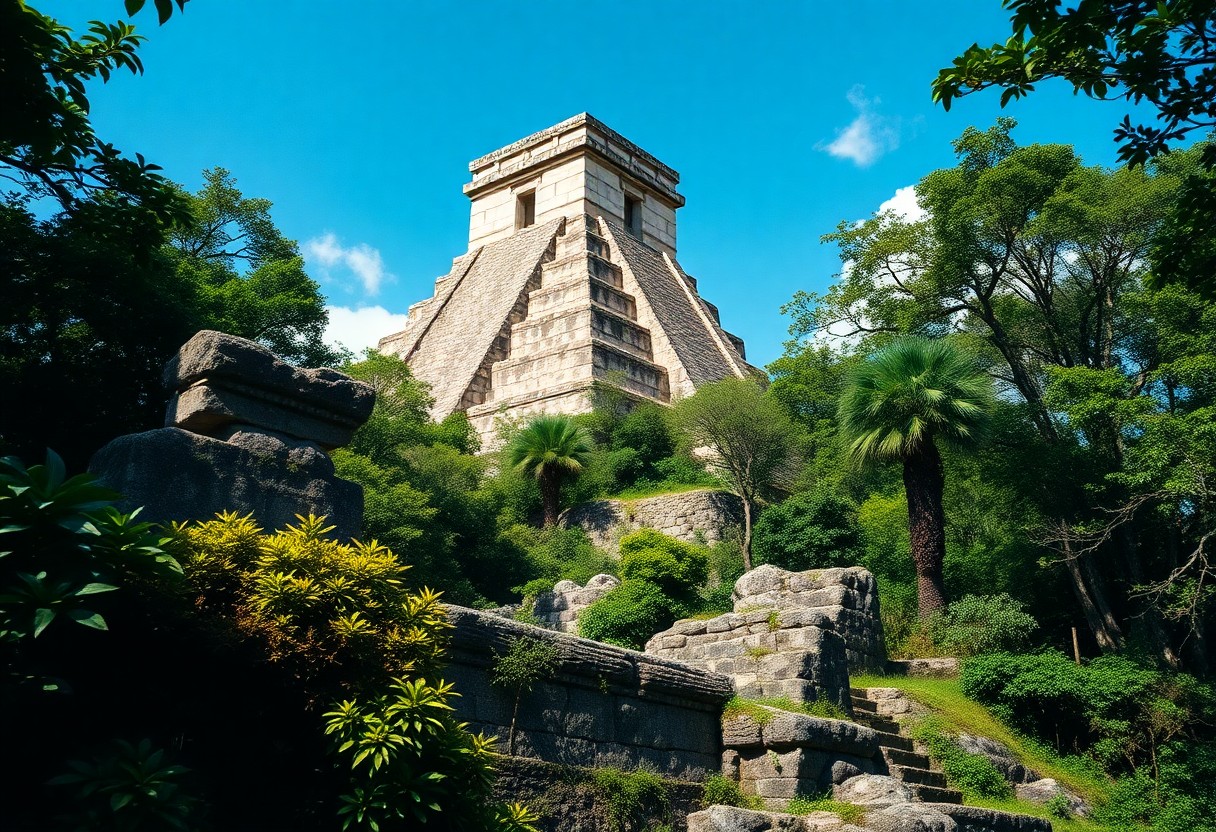
The Architectural Symphony of Caracol
The grandeur of Caracol is reflected in its monumental architecture, showcasing the sophisticated engineering skills of the Maya civilization. With over 35,000 structures sprawled across the 200-square-mile site, the layers of history and innovative designs converge to form an awe-inspiring landscape. Pyramids, palaces, and temples dominate the skyline, offering a glimpse into not just a city, but a thriving cultural epicenter that once bustled with life and activity.
Grand Structures and Their Significance
The stunning edifices within Caracol symbolize the power and influence of the ancient Maya. The largest pyramid, known as Caana or “Sky Place,” stands at 143 feet and serves as a testament to the architectural ambition of the Maya. Its multiple tiers and carefully constructed stonework reflect not only astute engineering prowess but also the city’s role as a vital political and religious hub across the region.
The Role of Sacred Spaces in Maya Society
Within Caracol, sacred spaces played a pivotal role in everyday life, acting as venues for spiritual rituals and community gatherings. These areas were meticulously designed to align with astronomical events, further deepening their significance in Maya culture. Temples and altars mark the locations where residents sought favor from the gods, highlighting their deep connection to the divine.
Beyond serving as places of worship, these sacred spaces fostered social cohesion and cultural identity. Every year, major ceremonies drawn from the rich Maya pantheon were held here, reinforcing a collective memory and shared beliefs. By positioning their temples and altars strategically, the Maya created powerful visual landmarks that not only oriented their city but also anchored their cosmology in the landscape. The presence of these sacred structures in Caracol illustrates how crucial they were in fostering community ties and ensuring prosperous agricultural cycles, which were intrinsically linked to their spiritual practices.
The Economic Engine of a Civilization
The success of Caracol as the largest ancient city in Belize relied heavily on its multifaceted economy. From sophisticated agriculture to expansive trade networks, these elements worked in harmony to sustain a vibrant community. Ultimately, the interdependence of local resources and broader trade routes allowed Caracol to flourish during its peak in the Classic Maya period.
Trade Networks That Sustained Caracol
Caracol thrived due to a well-established system of trade networks that extended far beyond its borders. You would have seen merchants transporting goods such as jade, obsidian, and cacao across Mesoamerica, linking Caracol with other prominent Maya sites. These connections not only facilitated economic growth but also fostered cultural exchanges that enriched the city’s social fabric.
Agriculture: The Backbone of Maya Life
Agriculture served as the backbone of life in Caracol, supporting its large population and complex society. From maize to beans and squash, the Maya cultivated diverse crops using advanced techniques that enhanced yield and sustainability. By developing sophisticated terrace farming on the hilly terrain, they maximized arable land and ensured food security, important for a thriving civilization.
The agricultural practices you would observe at Caracol were truly innovative. The ancient Maya employed methods such as slash-and-burn agriculture, allowing them to replenish soil nutrients effectively. The use of raised fields and extensive irrigation systems demonstrated their ability to adapt to their environment. Corn was the staple crop, forming the basis of the Maya diet, but they cultivated a variety of other crops to ensure nutritional diversity. This robust agricultural system not only sustained the local population but also played a vital role in trade, further solidifying Caracol’s place as a key city within the greater Maya civilization.
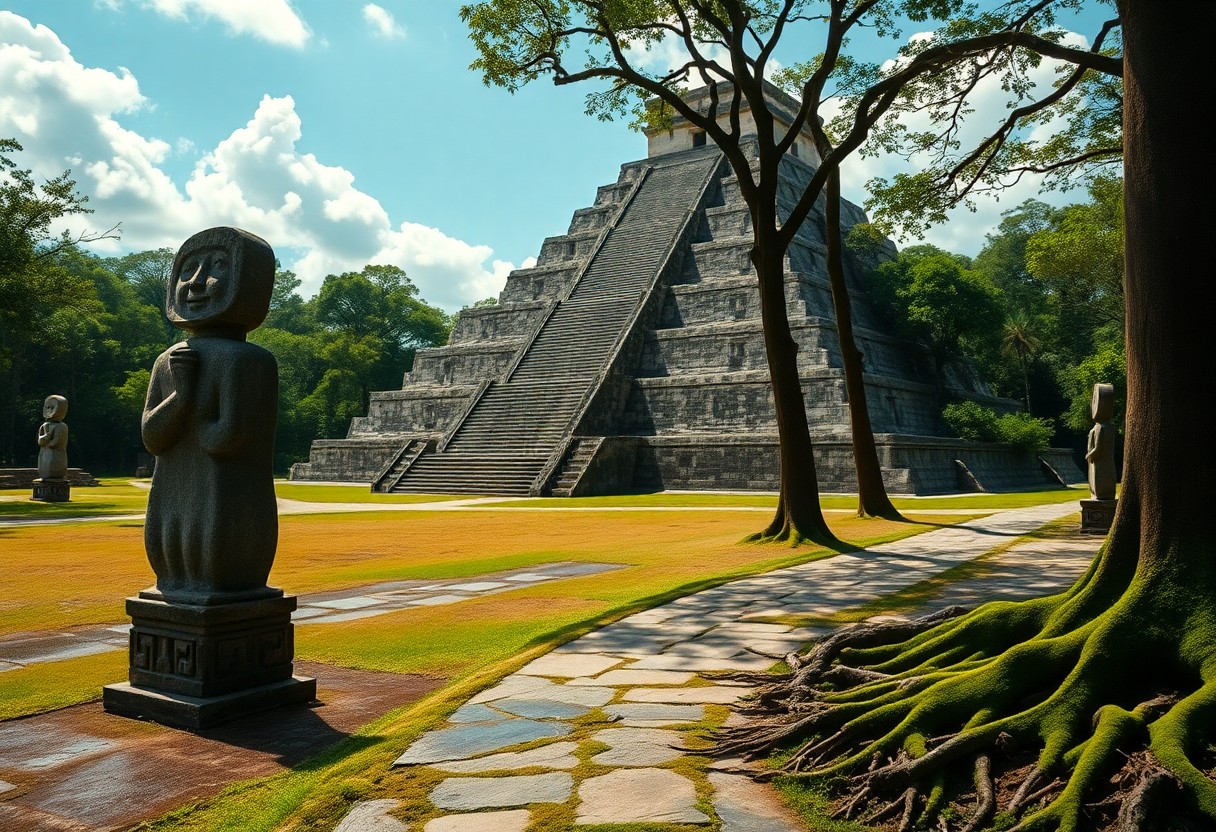
The Rise and Fall: Lessons from Caracol
The history of Caracol reveals significant lessons about the complex interplay of environmental factors, societal changes, and economic dynamics. Understanding the rise and decline of this ancient city offers valuable insights for contemporary societies navigating similar challenges.
Factors Leading to Economic Decline
Several interconnected factors contributed to the economic decline of Caracol. These include:
- Environmental degradation due to deforestation and agricultural practices
- Migratory patterns of neighboring city-states leading to competition
- Resource depletion in the region affecting trade
- Drought conditions exerting stress on water resources and agriculture
This combination of factors ultimately weakened Caracol’s economic foundations.
Societal Changes and Cultural Shifts Over Time
Throughout its history, Caracol underwent significant societal changes marked by shifts in governance and cultural practices. The transition from a primarily communal society to a more stratified structure symbolizes the changes in leadership dynamics and the evolution of local beliefs. Religious practices intensified around the late Classic period as evidenced by the elaborate temples and ceremonial complexes that dominated the landscape. Increased interaction with other city-states also brought new ideas and technologies, reshaping Caracol’s societal fabric alongside external influences. You can clearly see how such transformations contributed to the city’s resilience and adaptability, enabling it to thrive during its peak.
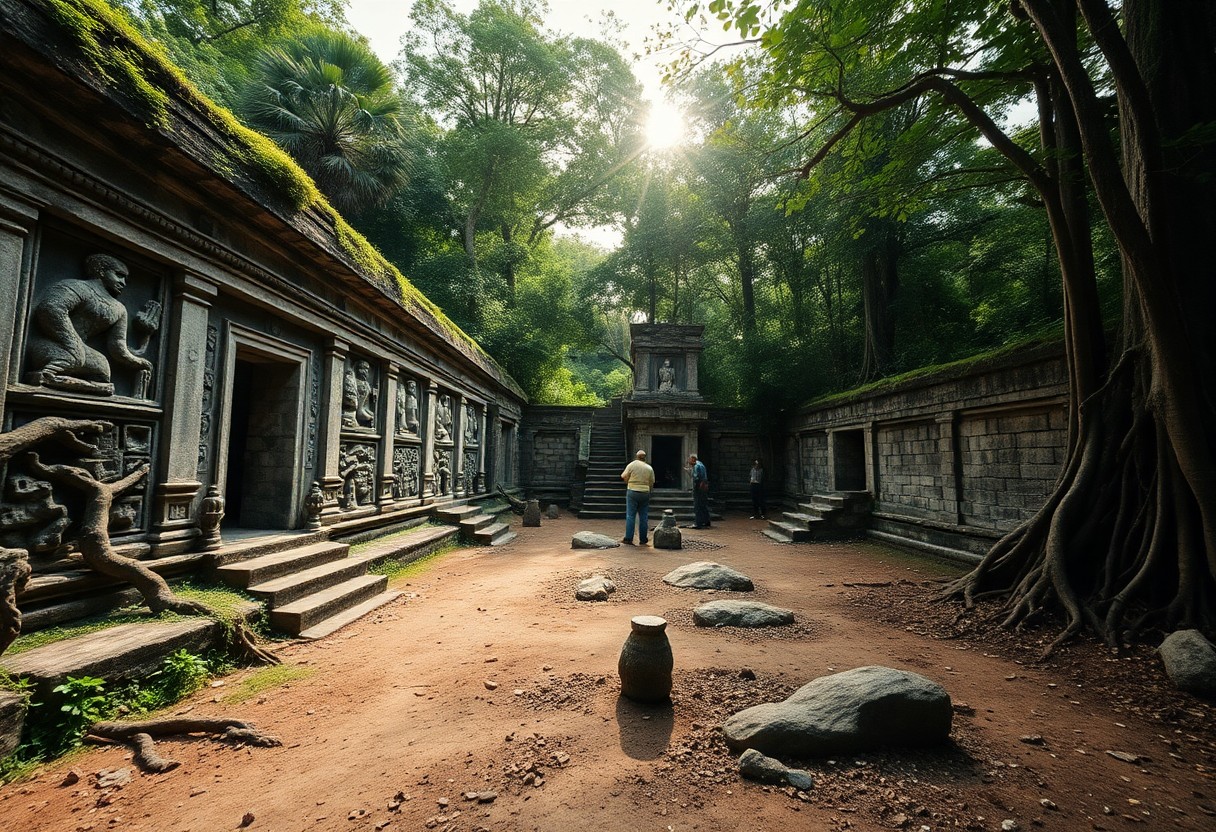
Rediscovery and Preservation Efforts
The rediscovery of the Caracol Maya site has been a remarkable journey that began in the 1930s. Initially, the vast expanse of Caracol fell into obscurity, largely overshadowed by other notable archaeological sites until its extensive re-examination by researchers from the University of Belize in the late 20th century. Since then, efforts have been made to stabilize and preserve the Caracol ruins, ensuring this rich historical tapestry remains intact for future generations. Collaboration between international archaeologists and the Belizean government has led to significant advancements in both research and conservation.
Challenges in Archaeological Research
Conducting archaeological research at Caracol presents various challenges, ranging from the dense jungle environment that conceals structures to the limited funding available for excavation and conservation. These obstacles often slow down progress, making it difficult to fully uncover the site’s monumental past. Moreover, the ongoing impact of environmental factors, such as erosion and deforestation, threatens to further compromise the integrity of the largest Maya site in Belize.
The Role of Tourism in Conservation
Tourism has emerged as a vital component in the conservation of Caracol, providing necessary funding for ongoing preservation efforts. Every ticket purchased by visitors contributes directly to the resources needed for maintaining the site and conducting further research. Engaging tourists with guided tours not only enhances their experience but also educates them on the importance of protecting such a historically rich environment, fostering a greater appreciation for cultural heritage.
As you explore the majestic Caracol ruins, your visit plays an imperative role in supporting conservation initiatives. The influx of tourists to the site generates revenue that enables the implementation of preservation strategies to combat environmental degradation and human impact. Initiatives like educational programs promote responsible tourism, highlighting the delicate balance between visitor enjoyment and the need to safeguard this ancient marvel. By participating in the tourism of Caracol, you contribute to a larger movement that ensures the site can be appreciated by future generations while preserving its historical significance.
Community and Cultural Impact Today
The legacy of the Caracol Maya site continues to shape the local community in Belize, influencing not just tourism but also cultural pride and identity. As the largest ancient city in Belize, Caracol serves as a focal point for educational initiatives, bringing attention to the rich history and traditions of the Maya civilization. This connection fosters a sense of stewardship among locals, ensuring the preservation of both the historical site and the stories of their ancestors.
Local Involvement in Heritage Preservation
Community members actively participate in conservation efforts surrounding the Caracol ruins, working alongside archaeologists and historians to safeguard their heritage. Conducting workshops and outreach programs, these locals share their knowledge of traditional crafts and farming techniques. Their involvement is vital for raising awareness and securing funding for ongoing preservation projects, ensuring that future generations can appreciate the significance of Caracol.
Reviving Ancient Traditions in Modern Times
Reviving ancient traditions is a vibrant aspect of life for many in the communities surrounding Caracol. You may notice local festivals featuring traditional music, dance, and culinary practices that have their roots in ancient Maya culture. By embracing these customs, residents not only keep their identity alive but also attract visitors who are eager to experience authentic, culturally rich events.
Living traditions such as the making of artisanal crafts, organic farming methods, and traditional rituals are central to local life today. For instance, during important festivals, you can see traditional attire worn by community members, showcasing intricate designs that reflect the artistry of the ancient Maya. Additionally, local descendants often participate in workshops to teach these techniques to younger generations, ensuring that the skills and knowledge associated with their heritage thrive. As you visit, you’ll feel the pulse of a community deeply connected to its past while embracing the present, making for an enriching experience.
Summing up
Hence, as you explore the Caracol Maya site, the largest ancient city in Belize, you gain a deeper understanding of the rich cultural and historical tapestry of the Maya civilization. Your visit to the Caracol ruins not only reveals impressive architecture and in-depth insights into societal structures but also enhances your appreciation for Belize’s archaeological heritage. Engaging with this remarkable site invites you to imagine the lives of those who thrived here centuries ago, connecting you to a legacy that endures through time.
Caracol Maya Site: The Largest Ancient City in Belize
Caracol is one of the most significant archaeological sites in Belize and is renowned for being the largest Maya city in the region. This ancient city, with its impressive ruins, offers insight into the rich history and culture of the Maya civilization. In this article, we will explore the key features of Caracol and understand what makes it a must-visit destination for travelers and history enthusiasts alike.
Q: What is Caracol and where is it located?
A: Caracol is an ancient Maya city located in the Cayo District of Belize. It is situated approximately 40 miles (64 km) south of San Ignacio, nestled within the lush rainforest. Caracol was once one of the largest cities of the Maya civilization, covering an area of about 68 square miles (176 km²). The site features impressive architecture, including temples, plazas, and residential areas, with the tallest structure, Caana, rising to about 43 meters (141 feet).
Q: What makes Caracol the largest Maya site in Belize?
A: Caracol is considered the largest Maya site in Belize due to its expansive area, numerous structures, and population during its peak. It is estimated that around 150,000 people lived in the city, making it a thriving urban center during the Classic Maya period. The site is characterized by massive stone buildings, extensive agricultural terraces, and sophisticated water management systems, reflecting the complexity and organization of Maya society.
Q: What are the must-see attractions at the Caracol ruins?
A: Visitors to the Caracol ruins should not miss several key attractions:
1. Caana (Sky Palace): The tallest structure in Caracol, offering breathtaking views of the surrounding landscape from its summit.
2. The Large Plaza: A central gathering area surrounded by temples, with intricate stone carvings that tell the stories of the Maya people.
3. The Ball Court: A significant ceremonial area used for the ancient ball game, which served social and religious purposes.
4. Residential Areas: Explore the well-preserved homes that showcase the living conditions of the Maya civilization.
Q: How can I visit Caracol, and what should I know before going?
A: Visiting Caracol typically involves taking a guided tour from San Ignacio, as the site is remote and not easily accessible by public transport. Tour operators often provide transportation, lunch, and an experienced guide to ensure an informative experience. It is recommended to wear comfortable clothing and sturdy shoes, as the terrain can be uneven. Additionally, packing insect repellent and water is advisable due to the tropical environment.
Q: What importance does Caracol hold in Maya history?
A: Caracol played a significant role in Maya history, particularly during the Classic period (250-900 AD). It was a powerful city-state that had influence over surrounding territories, evidenced by its extensive trade networks and military conquests. Caracol’s hieroglyphic inscriptions and artifacts found at the site provide researchers with insights into its political relationships and cultural practices, making it a vital key to understanding the broader Maya civilization.
Conclusion
Caracol is not only the largest Maya site in Belize but also a testament to the ingenuity and cultural richness of the ancient Maya civilization. With its vast ruins, towering temples, and historical significance, it is an vital destination for those wanting to explore the depths of Maya heritage. Remember to plan your visit carefully to fully appreciate the wonders of this remarkable archaeological site.
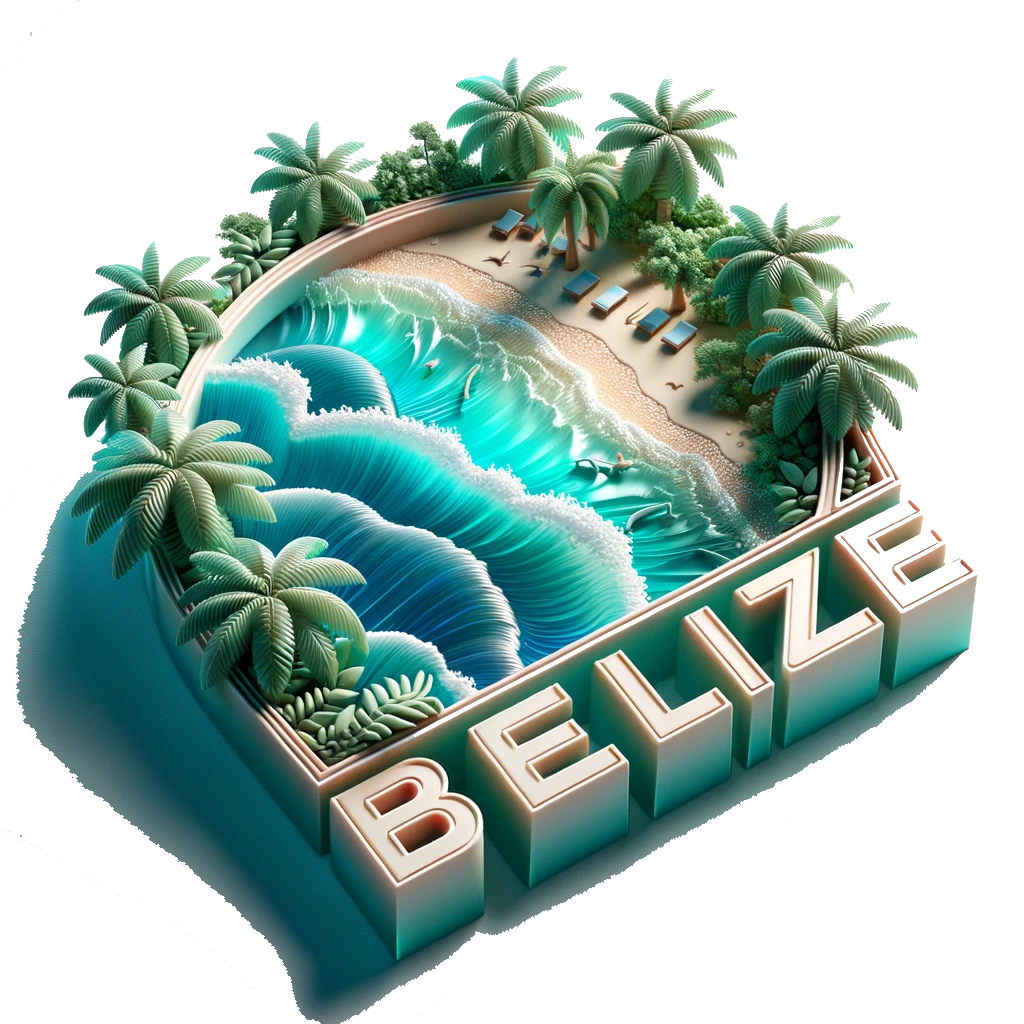

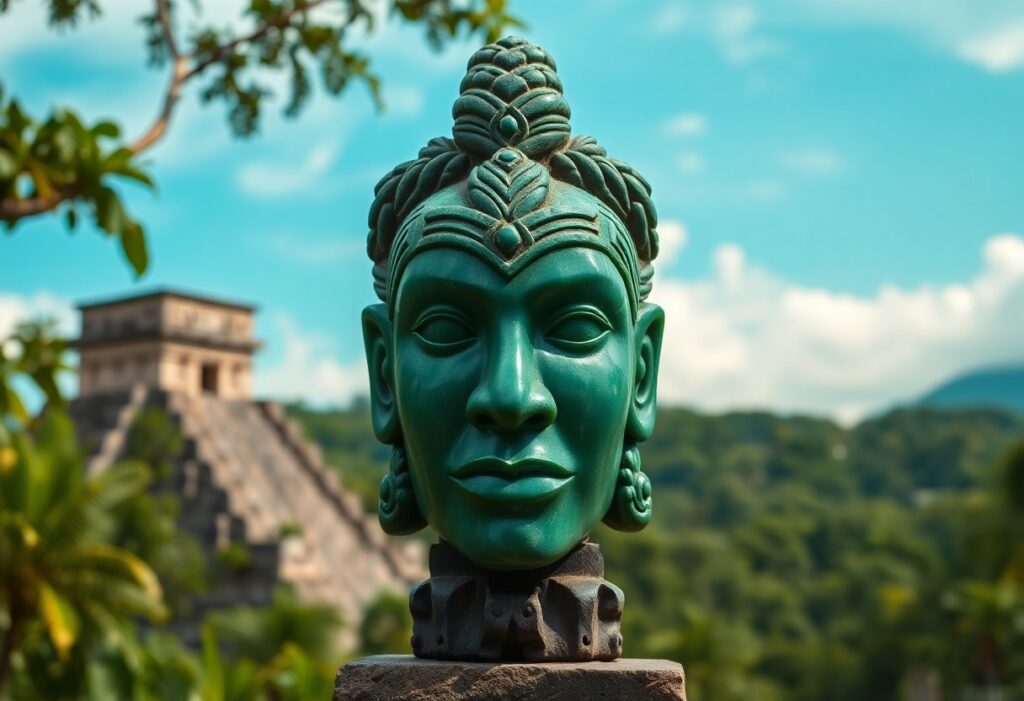
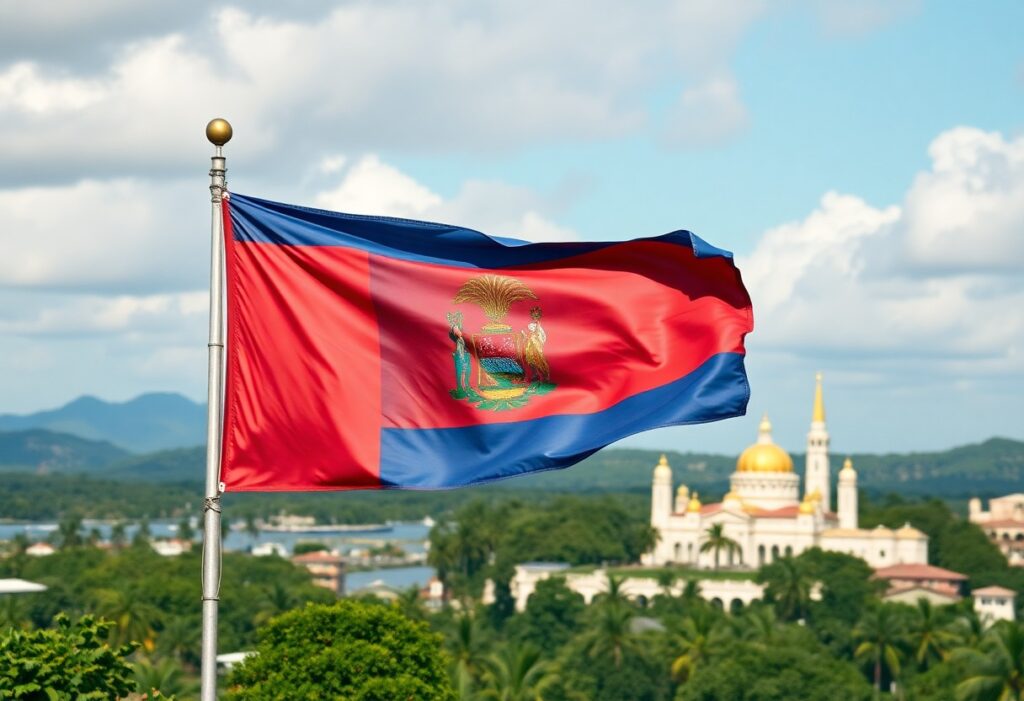
The exploration of Caracol certainly ignites a sense of admiration for the Maya civilization and its remarkable achievements. As I read your description of the expansive ruins and the engineering marvels such as the towering Caana, I couldn’t help but reflect on how these ancient structures not only served functional purposes but also shaped the cultural identity of a society that thrived in such a challenging environment.
Your description of Caracol truly resonates with me—there’s something about the way ancient sites like this can transport us to another time, isn’t there? The idea that a civilization could thrive so dynamically in this dense jungle, with such sophisticated engineering and urban planning, is a testament to their ingenuity and adaptability. It makes you ponder what life was like for the people who walked those paths thousands of years ago.
You hit the nail on the head about Caracol. It’s fascinating to think about the vibrant life that must have thrived there, weaving through the trees and towering structures. The way they utilized the jungle, crafting a world that thrived in such an environment, speaks volumes about their creativity and resilience.
Your exploration of Caracol deeply resonates with me, particularly in how it illustrates the remarkable achievements of the Maya civilization. The juxtaposition of towering structures like Caana against the backdrop of the dense jungle captures an almost poetic essence of how nature and human ingenuity intertwine. As I reflect on this site, I am reminded of how spaces like Caracol are rarely just remnants of a past society but are living archives that offer insights into the cultural and social frameworks of ancient peoples.
Your exploration of Caracol brings to light the remarkable achievements of the Maya, particularly their architectural and engineering prowess. It’s fascinating to think about how these innovations not only served practical purposes, like the water management systems you mentioned, but also reflected the Maya’s relationship with their environment and the significant role of communal life in urban settings.
You bring up a great point about the Maya’s water management systems—it’s incredible how they engineered these solutions to navigate their environment. What really strikes me is how those systems weren’t just utilitarian; they were also a community project. The way they worked together to keep their cities thriving shows how intertwined their daily lives were with the land around them.
Your exploration of Caracol beautifully encapsulates the awe inspiring nature of the Maya civilization’s achievements. The site not only represents architectural grandeur but also serves as a testament to the advanced societal structures and environmental adaptability of its inhabitants.
It’s fascinating to consider how Caracol not only showcases the Maya’s architectural prowess but also their deep connection to the environment. The sophisticated water management systems imply a society that understood sustainability long before it became a modern concern. It’s remarkable how they adapted to their jungle surroundings, which speaks volumes about their resilience and innovation.
Your exploration of Caracol captures the awe-inspiring essence of the Maya civilization brilliantly. It’s fascinating to think about how the advancements in engineering, particularly the water management systems, reveal not just a survival tactic but an intricate relationship with the environment. This reminds me of current sustainable practices where we strive to harmonize modern living with nature, much like the Maya did thousands of years ago.
Exploring Caracol sounds like a truly immersive experience! The scale of it really puts into perspective how advanced the Maya civilization was—68 square kilometers is mind-boggling! I love how you mentioned the sophisticated water management system; it’s fascinating to think about how they thrived in such a dense jungle environment. It makes me wonder about the community aspect too. How did they organize themselves to build and maintain such massive structures? I’ve always felt that monumental architecture reflects not just engineering skill but also the culture and social dynamics of the time. Have you come across any interpretations of how these buildings influenced everyday life for the Maya people? I’d love to dive deeper into that!
Your description of Caracol truly captures the enchanting essence of this extraordinary site. I’ve always found it fascinating how the Maya civilization managed to create such complex urban centers amidst the dense jungle, utilizing their environment so wisely. The advanced water management systems you mentioned remind me of how vital resource management is in sustaining large populations, not just in the past but also in modern times as cities face challenges with climate change and water scarcity.
Exploring Caracol sounds like an incredible experience! I’ve always been fascinated by how urban planning in ancient civilizations like the Maya reflects not just their engineering prowess but also their cultural values. The sophisticated water management system you mentioned really highlights their understanding of sustainability, doesn’t it? It’s interesting to think about how these ancient solutions could inform modern challenges, especially in places facing water scarcity today. I’d love to hear more about any personal experiences or insights others have had while visiting Maya sites—did any specific structures or stories stand out to them?
Your exploration of Caracol truly captures the awe-inspiring nature of this ancient site. As I reflect on the impressive scale and architectural prowess of the Maya, I am reminded of how their civilization was marked not only by monumental structures like Caana but also by advanced societal organization and agricultural systems that supported large populations.
Your exploration of Caracol truly captures its magnificence and the profound impact it had on the Maya civilization. The details about the engineering prowess, especially the water management systems, highlight how advanced their society was in terms of sustainability. It reminds me of how contemporary cultures can often learn from ancient practices.
Reading about Caracol truly captivates my imagination, as it invites us to step back into a time when the Maya civilization flourished with remarkable creativity and complexity. The vastness of the site, spanning over 68 square kilometers, seems like a hidden world bursting with stories waiting to be uncovered. It’s intriguing to think about how this monumental site once buzzed with the activities of a thriving community, demonstrating not just their architectural prowess but also a deep connection to their environment and each other.
Your exploration of Caracol beautifully captures the wonder of this ancient site, but I can’t help but reflect on how often we look at such marvels without fully considering the societal context in which they were built. The architectural achievements of the Maya are indeed impressive, yet they raise intriguing questions about the complexities of their society. For instance, the impressive scale of Caracol could indicate a thriving population and perhaps a reliance on surrounding natural resources, but it also implies a significant social hierarchy.
The description of Caracol resonates deeply with the significance of ancient architecture not just as a testament to human ingenuity, but also as a reflection of societal priorities and cultural values. The advanced water management system you mentioned is particularly fascinating, as it illustrates how the Maya adapted to their environment and tackled challenges essential for sustaining a large population. This makes me wonder how modern societies can learn from ancient methods of sustainability as we face our own environmental challenges.
Your exploration of Caracol truly captures its essence, highlighting the intersection of history and advanced engineering. The Maya’s ingenuity in water management, particularly, fascinates me—it’s remarkable to consider how they navigated their environment, especially in such a challenging climate. This ingenuity parallels other ancient civilizations that adapted to their surroundings, such as the Romans with their aqueducts.